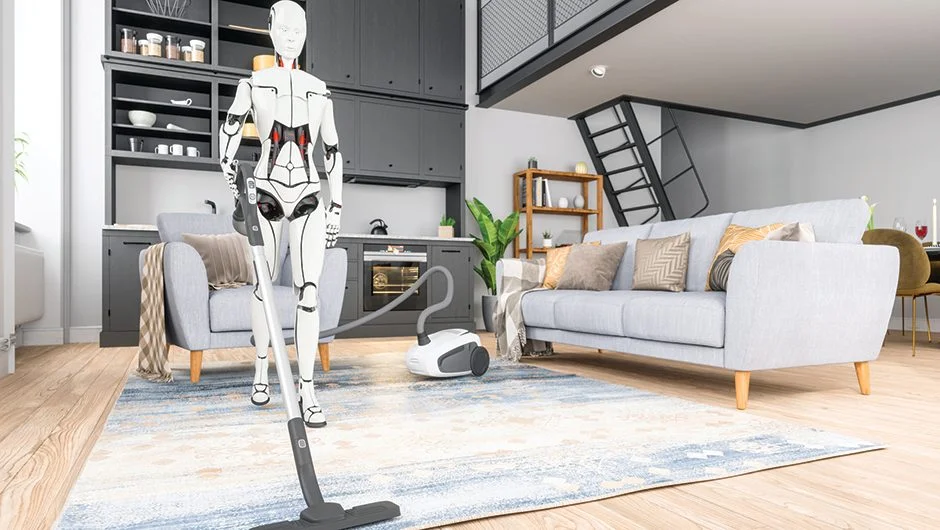It’s no secret that the technology behind robots has come a long way in the last few decades. From factory assembly lines to Mars rovers, robots are increasingly being used in a variety of settings to make our lives easier and more efficient. But what about in our own homes? According to a recent report, robots are expected to do 39% of domestic chores by 2033.
The report, which was conducted by the research firm Frost & Sullivan, predicts that the global market for household robots will reach $9.15 billion by last year, and that robots will be able to perform a wide range of tasks including cleaning, cooking, and even doing laundry. With the help of artificial intelligence, machine learning, and other advanced technologies, robots will be able to learn and adapt to their environments, making them more efficient and effective at performing tasks around the home.
One of the key benefits of having robots perform domestic chores is that it can free up time for people to focus on other activities. For example, if a robot is doing the vacuuming, the homeowner can spend that time working on a project, spending time with family, or simply relaxing. This can be especially beneficial for busy families or those with demanding jobs.
Another benefit of household robots is that they can improve the quality of life for elderly or disabled individuals who may have difficulty performing certain tasks on their own. Robots can help with tasks such as cleaning, cooking, and even personal care, which can help seniors and individuals with disabilities maintain their independence and dignity.
However, there are also concerns around the widespread adoption of household robots. For example, some worry that robots may take away jobs from human workers, particularly in industries such as cleaning and housekeeping. Additionally, there are concerns around privacy and security, as robots may collect data on individuals’ behaviors and habits, which could be used for advertising or other purposes.
Furthermore, the cost of household robots may be prohibitive for some individuals, particularly those living on fixed incomes. As with any emerging technology, it may take some time before household robots become affordable and accessible to the general population.
Despite these concerns, it’s clear that the adoption of household robots is on the rise, and is likely to continue in the coming years. As the technology behind robots continues to improve, we can expect to see a wider range of household robots that are capable of performing an even greater number of tasks. While robots may not replace human workers entirely, they can certainly make our lives easier and more efficient, and provide a greater sense of independence and dignity for those who need it most.
In conclusion, while it’s difficult to predict the exact percentage of domestic chores that robots will be able to do by 2033, it’s clear that the future of home automation is here. As robots become more affordable, accessible, and advanced, we can expect to see them playing an increasingly important role in our daily lives. Whether it’s doing the laundry, cooking dinner, or even providing companionship, household robots have the potential to change the way we live and work for the better.




